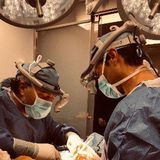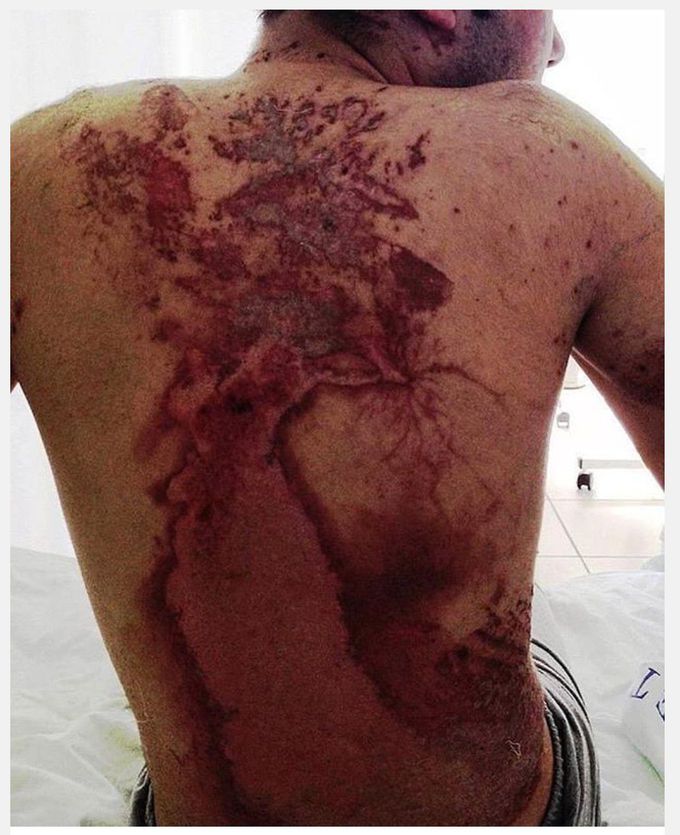


The power of nature 🍃
The power of nature. This is how getting struck by lightning looks like! ⚡ Case of a lightning strike survivor with visible Lichtenberg figures! These are typical for those who have been struck by lightning, but these “lightning flowers” usually only persist for a few hours or a few days These reddish fern-leaf patterns are a skin reaction to a lightning strike. The feathering marks are believed to form by the transmission of static electricity along the superficial blood vessels that nourish the skin. What you tend to see is a superficial burn to the top part of the skin. Every year, almost a quarter of a million people get to experience being hit by lightning. The effects on the body can vary. Eyesight or hearing may be adversely affected due to the loud clap of the thunder and the bright flash from the lightning. A person could be temporarily blinded or rupture an eardrum. Additionally, the heart could go into cardiac arrest. If a person is unresponsive after being struck, it's urgent they get CPR immediately. Outside of internal injuries, the heat could cause serious burns through the body. Some burns can look like Lichtenberg figures, or lines. Lichtenberg lines are long, intricate, wavy burns that can appear on someone temporarily after receiving a massive electric shock. They are formed from damaged skin and leaking capillaries, tracing the path of electricity across the skin. Interesting fact — The most common places people were hit by lightning strikes were out on a golf course or sailing enthusiasts out on the water.

